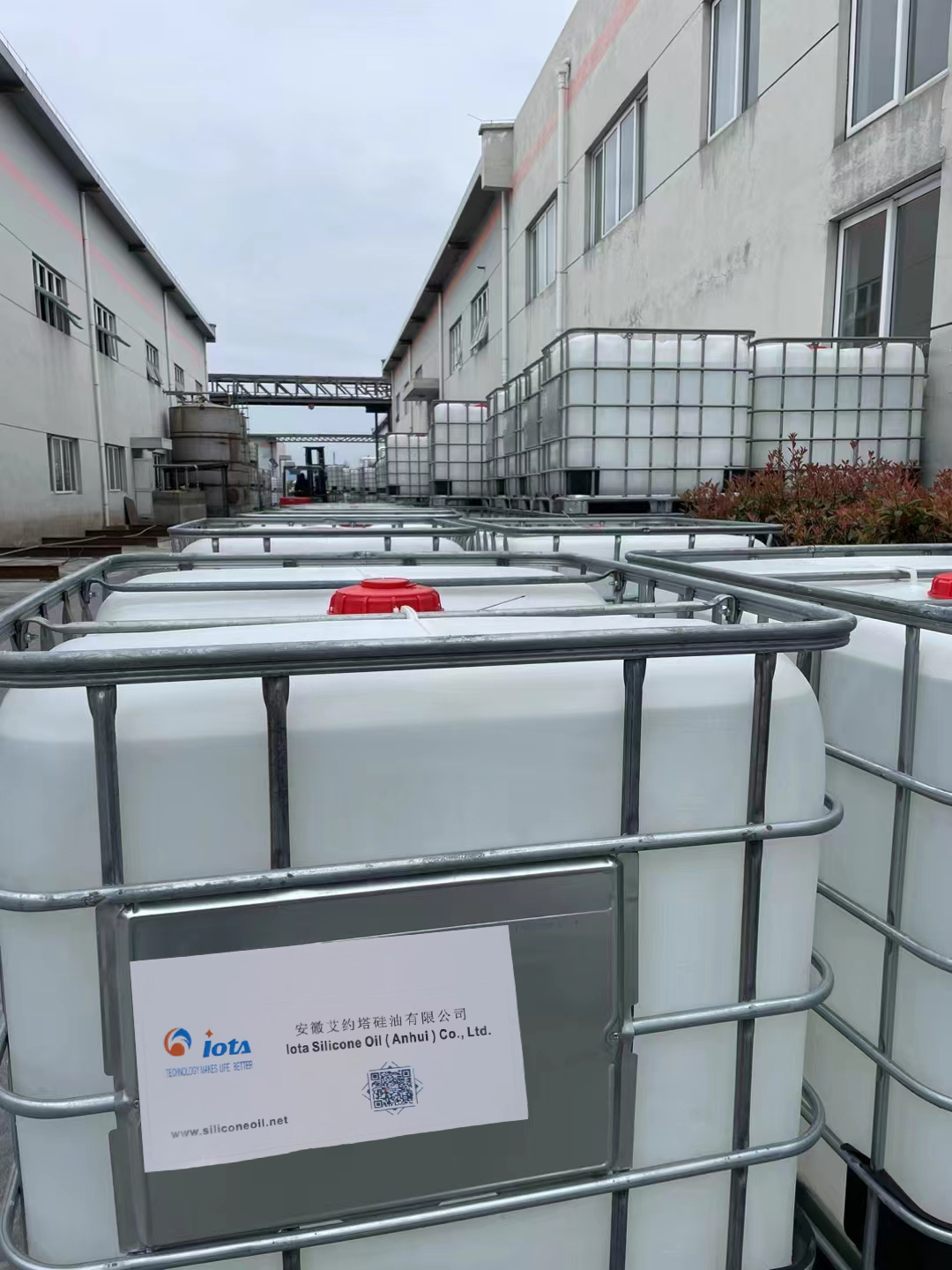On March 3, 2025, the White House issued its latest executive order, announcing a 10% tariff on goods imported from China, effective from March 4. Adding the 10% already levied in early February, the cumulative tariff rate for the year has been raised to 20%. This policy has brought huge challenges to Chinese export enterprises, especially
silicone product enterprises.

Mr. Luo, the head of a silicone products foreign trade enterprise in Guangdong, said that if the US raises tariffs to 20% and customers demand to share 10% of the cost, half of their ordinary silicone product lines will face the risk of production stoppage. This enterprise, which has been deeply involved in the silicone industry for more than ten years, is experiencing severe tests brought about by the escalation of Sino US trade frictions.
As a typical outward oriented silicone manufacturing enterprise, the company's export structure presents a "dual dependence" feature: direct exports to the United States account for 50%, and a considerable proportion of products ultimately flow into the United States through secondary markets such as Europe and Southeast Asia. This "curve export" model has resulted in an actual contribution rate of over 70% to the US market, establishing a core source of revenue for enterprises.
